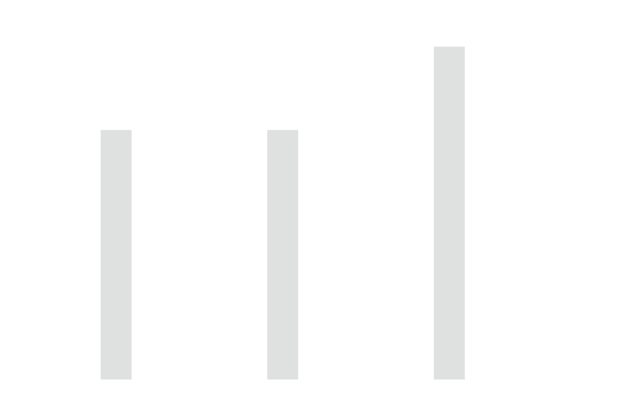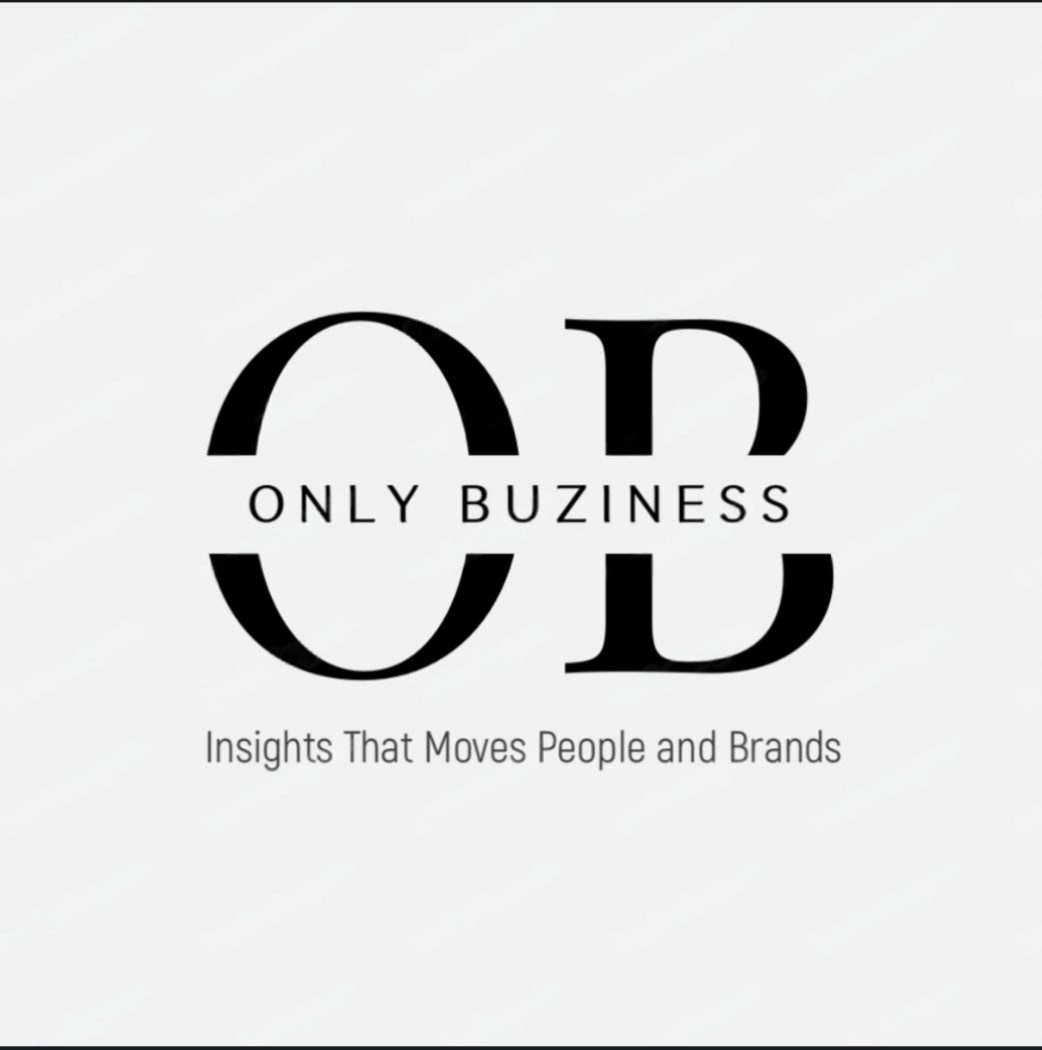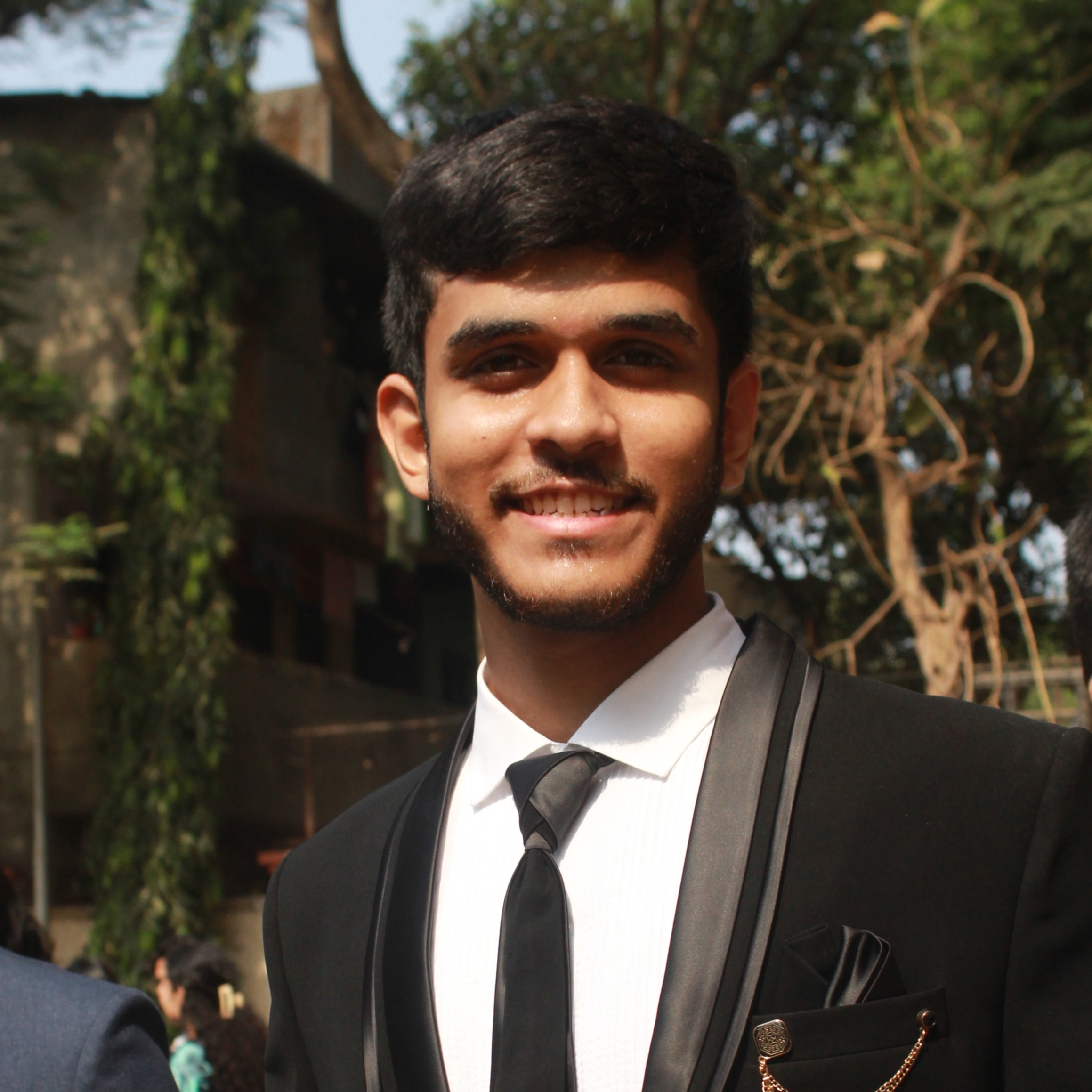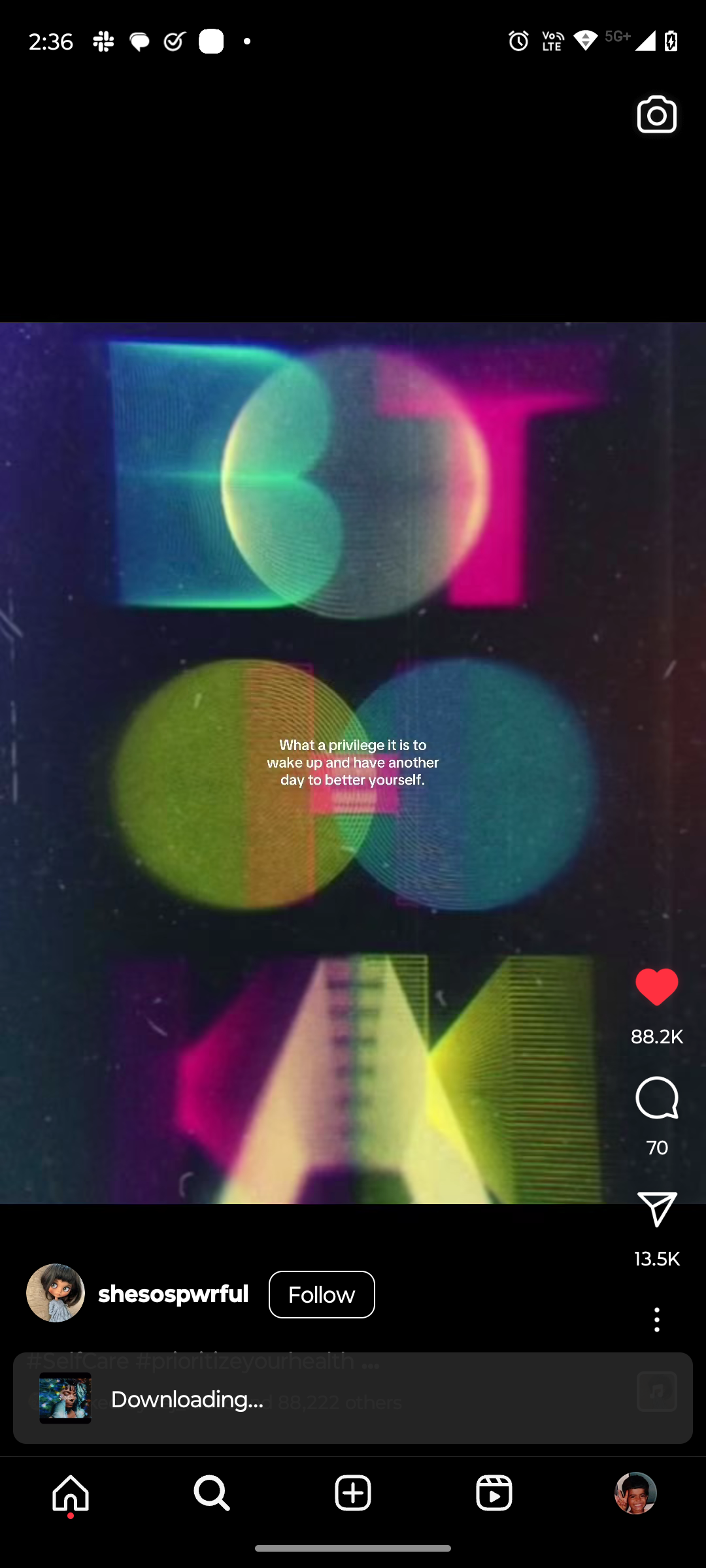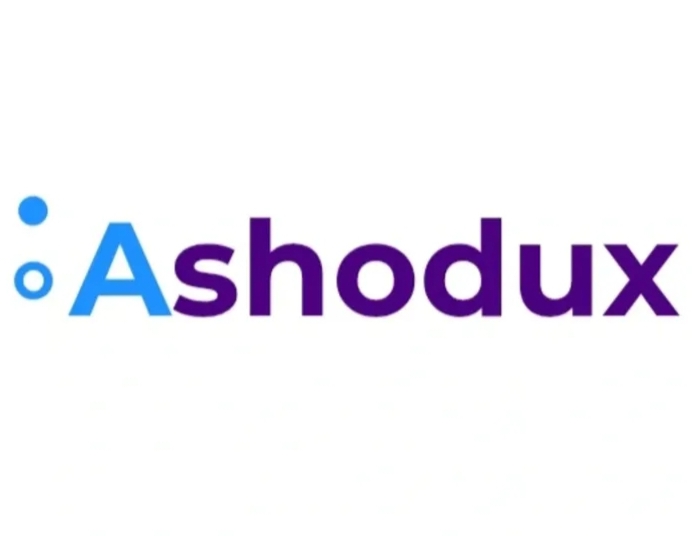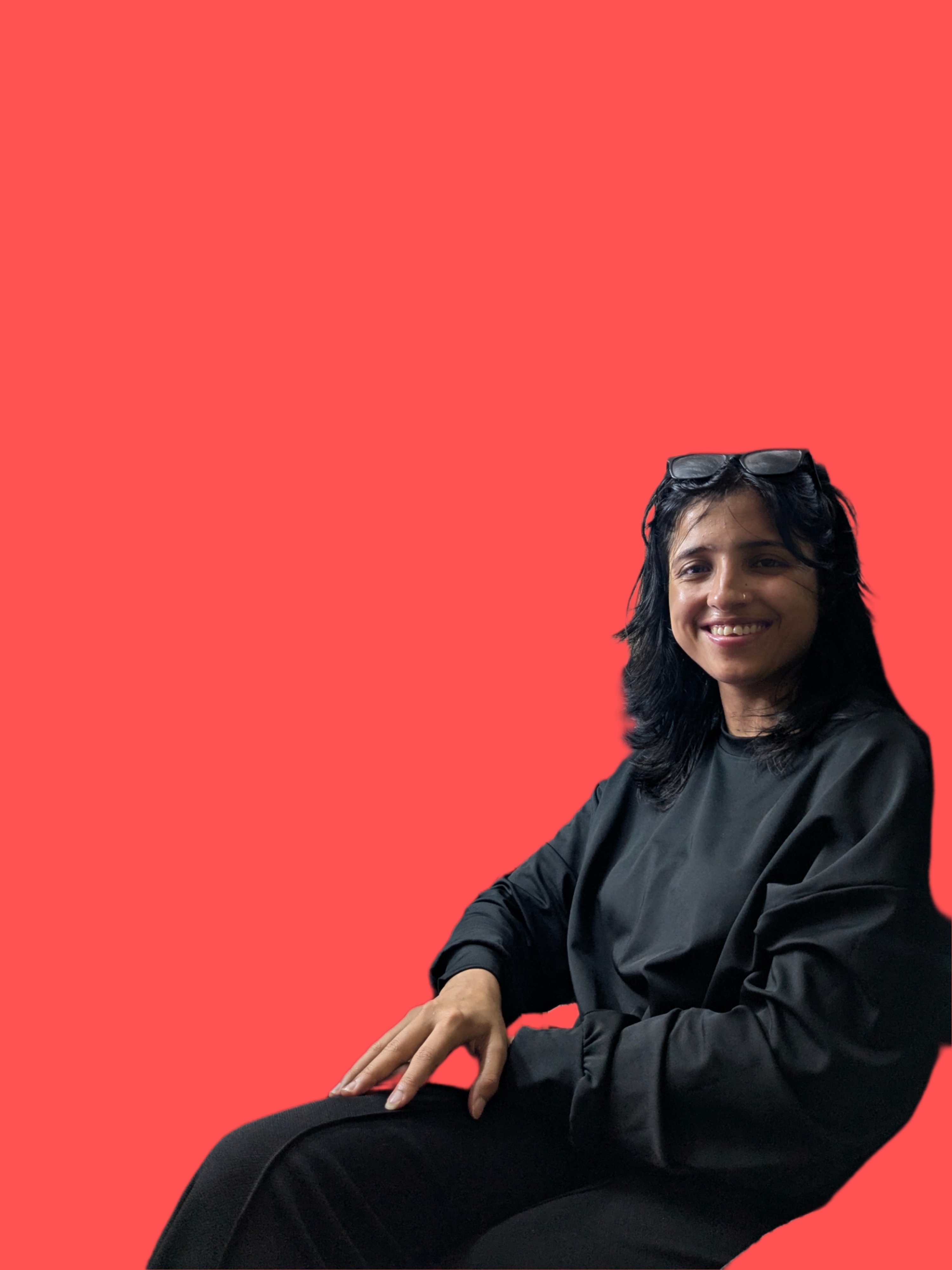Back
Vishnu Dileesh
Engineer | Entrepren... • 4m
It starts as a whisper. Not a push notification. Not a flash sale. A user comes back. Quietly. Voluntarily. Because something pulled them back. That something? It’s not a feature. It’s a feeling. Nir Eyal calls it the Hook in the book How to Build Habit-Forming Products. And if you’re building as an indie hacker or early-stage founder—you can’t afford to ignore it. Because users don’t form habits by accident. They don’t keep showing up just because your product “works.” They show up because it feels like it fits. Like it belongs. Like it knows. At the core of it: Trigger → Action → Variable Reward → Investment. That’s not just a loop. It’s a heartbeat. Now think of your own habits. Why do you reflexively open Slack? Why does a Substack subscriber notification feel like a high-five? Why do some devs keep refreshing their dashboard—even when the numbers haven’t moved? It’s not utility. It’s pull. It’s emotion disguised as engagement. Let’s break the Hook Model down. 1. Trigger: Start with emotion, not notification Most folks think: “Let’s send more pings.” Nah. The strongest triggers are internal. Boredom. Guilt. Curiosity. FOMO. The itch you don’t even realize you’re scratching. You scroll Twitter not because of a ding—but because your brain wants a hit of something. If you're building a journaling app, the real trigger isn’t “time to write.” It’s the fog of the day. The guilt of not reflecting. The craving for clarity. If you’re building a productivity tool, the trigger is anxiety. Overwhelm. That “I need to get my life together” moment. Your job? Attach your product to that spark—before they even know they lit the match. 2. Action: Make it stupidly easy to do the thing The simpler the action, the faster it becomes a habit. Swipe to refresh. Tap to like. One-click deploy. This is where indie hackers have an edge. Because simplicity dies in committee. But solo? You can obsess over micro UX. Is your onboarding delightful? Does your CTA just “exist”? Or does it invite? You don’t need more features. You need less friction. The first five seconds are the battlefield. If someone hesitates—you’ve already lost. They won’t complain. They’ll just vanish. 3. Variable Reward: Keep it alive, not random This is where the slot machine kicks in. People don’t return for what they know—they return for what they might get. That little surprise. That micro delight. Why do we keep scrolling Twitter? Why do Duolingo streaks feel like trophies? Why does Discord keep throwing in weird little badges? The answer isn’t gamification. It’s anticipation. Don’t add random features. Add alive ones. Moments that feel designed for today, not just built months ago. Variable doesn’t mean chaotic. It means unfolding. 4. Investment: Make them leave something behind Here’s the magic: People return to things they’ve poured into. Their notes. Their preferences. Their progress. Their profile. Tiny breadcrumbs that turn your app into their space. The more they give, the harder it is to walk away. Give users moments to invest—no matter how small. A “favorite.” A folder. A tweak. A note. Good products create value. Great ones accumulate it. Make leaving feel like loss. So what now? Retention isn’t growth-hackable. It’s not about tricks. It’s about care. You don’t earn habits with prompts. You earn them with presence. With thought. With emotion. Trigger them. Make it easy. Surprise them. Reward their time. Make every return trip feel warmer than the last. Big tech has scale. You have obsession. They can build fast. You can build close. Live inside the loop. Feel the hesitation. Design through it. Because in the end— Habits aren’t built through force. They’re built through pull. The kind that starts as a whisper… And turns into gravity.
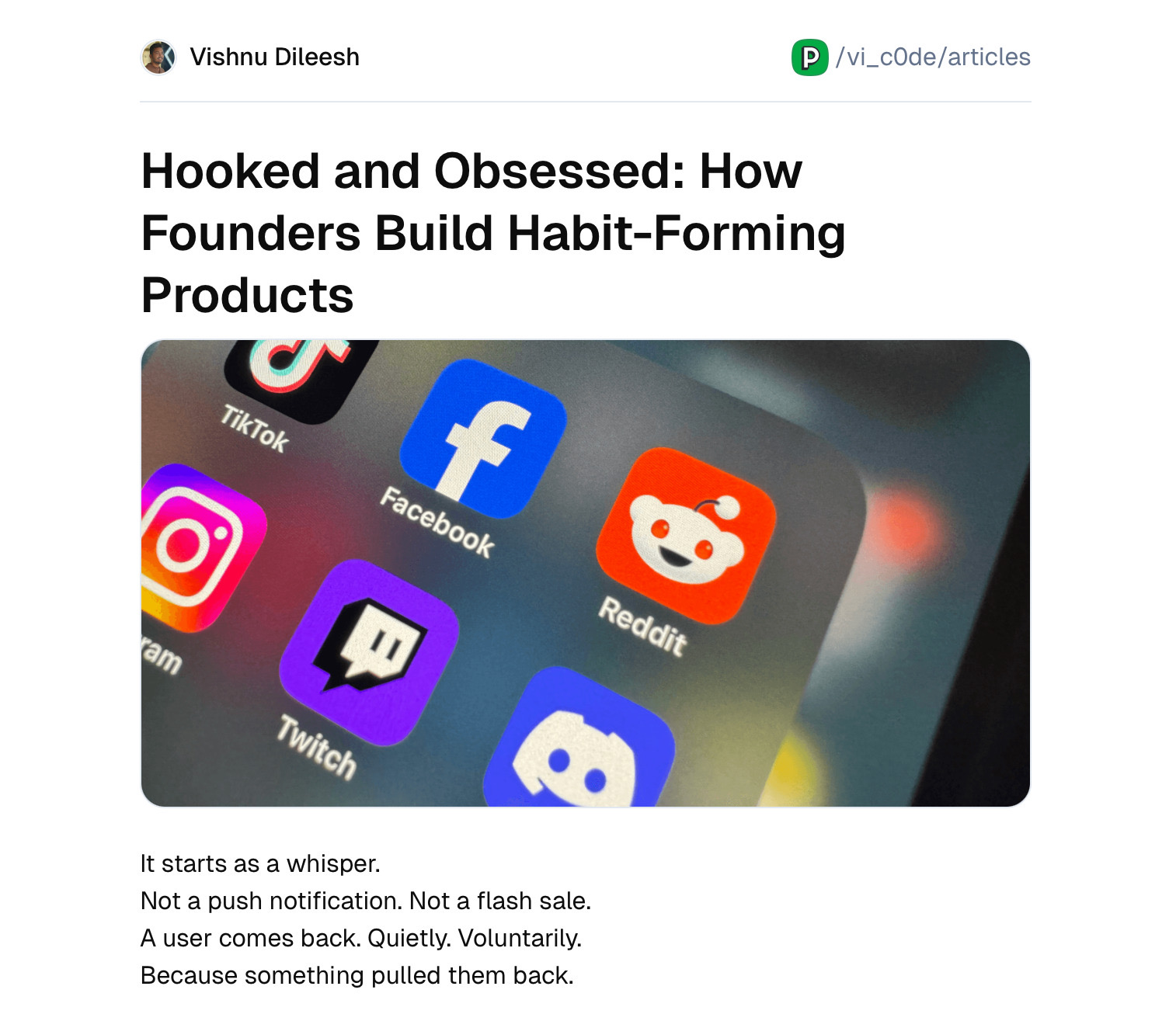
More like this
Recommendations from Medial
Only Buziness
Everything about Mar... • 7m
“The Hook Model: How Brands Build Habits That Sticks “ The Hook Model explains how companies create products that keep users coming back by forming habits. Developed by Nir Eyal, it consists of four key steps: Trigger → Action → Variable Reward → In
See MoreSaouma Ghosal
Food systems thinker... • 2m
Startups don’t fail because people dislike the product. They fail because people can’t fit it into their lives. A habit is the real MVP. The easier the tool is to adopt, the faster it becomes invisible... and that’s when it scales. The lesson: don’
See MoreDharmveer Singh
Founder & CEO @Vibre... • 8m
Not every startup starts with a pitch. Some start with pain. We’re building something in silence. Not because we don’t have the vision— But because it’s not time yet. This isn’t your typical “AI tool.” It’s not a productivity hack. It’s not anothe
See More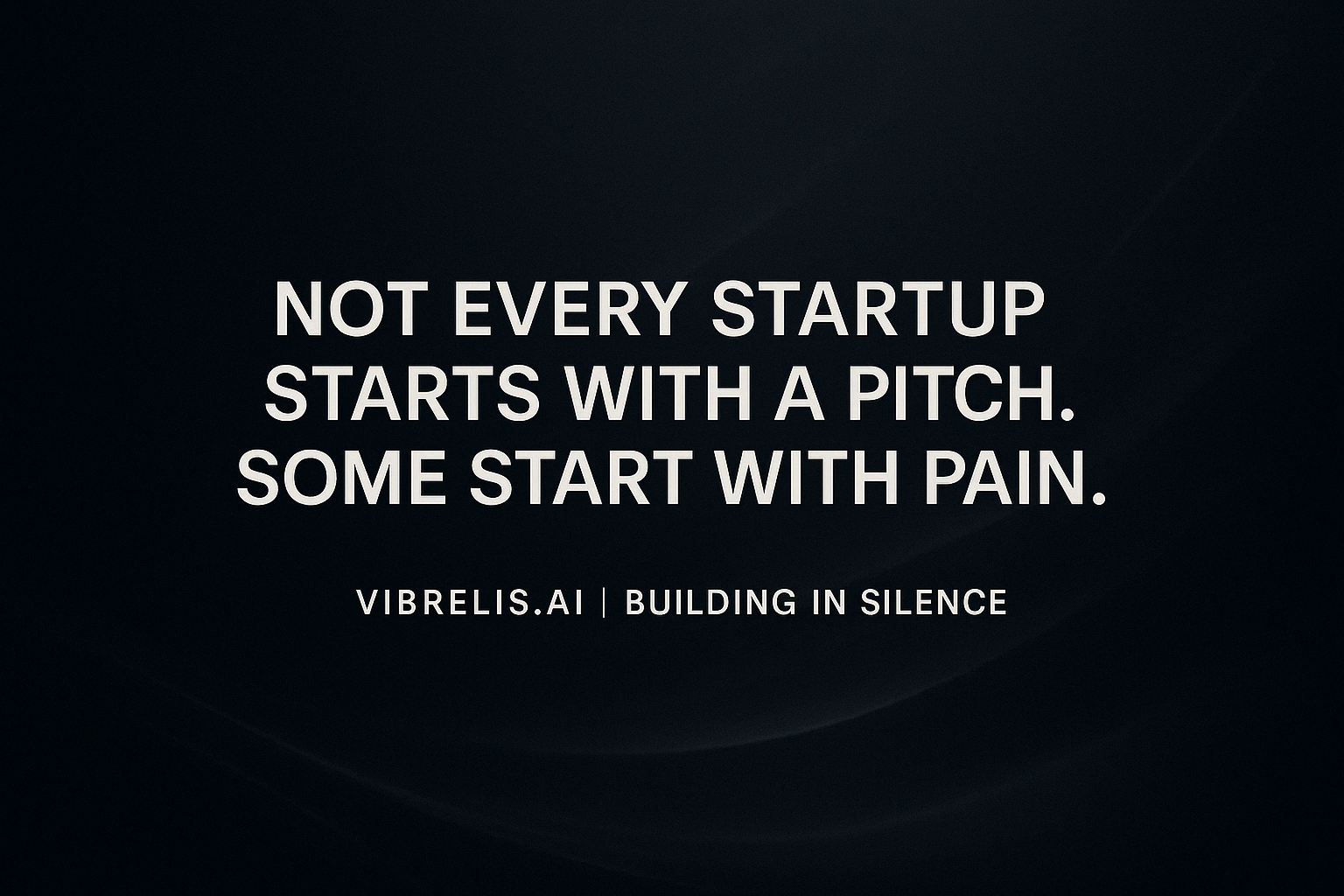
Sairaj Kadam
Student & Financial ... • 7m
“I need to think about it” means two things: 1. They don’t feel the desire to own it. 2. You didn’t trigger enough emotion to make them act. Logic doesn’t close. Emotion does. If the fear of loss > reward, they’ll walk. Make the upside irresistibl
See MoreAnshu Katheria
Founder/CEO - Suprem... • 2m
“Just because you feel like sht doesn’t mean you have to act like sht.” I read that somewhere years ago, and it’s been stuck in my head ever since. It’s what I tell myself on the days I don’t feel like showing up. See, people romanticize this whole
See MoreDownload the medial app to read full posts, comements and news.

